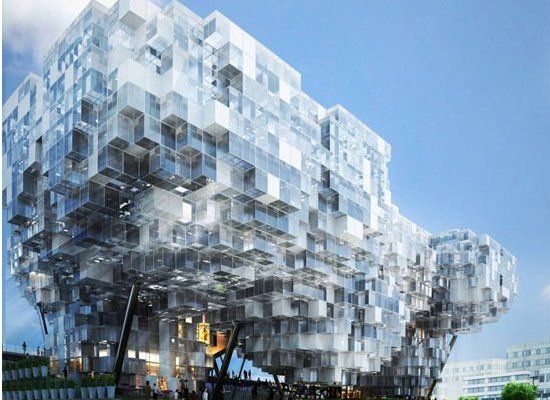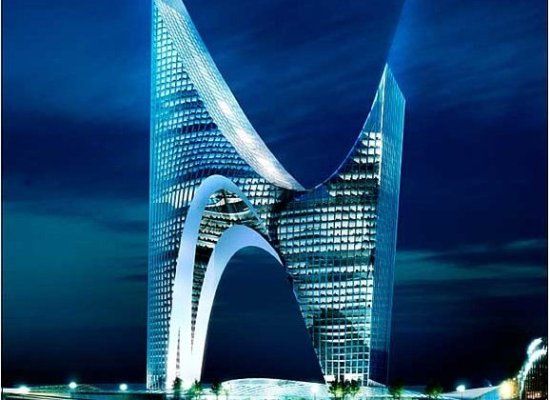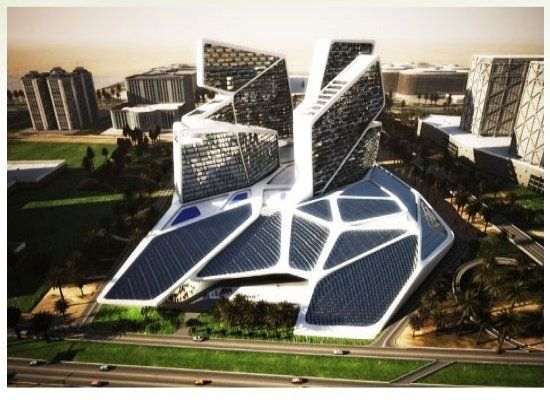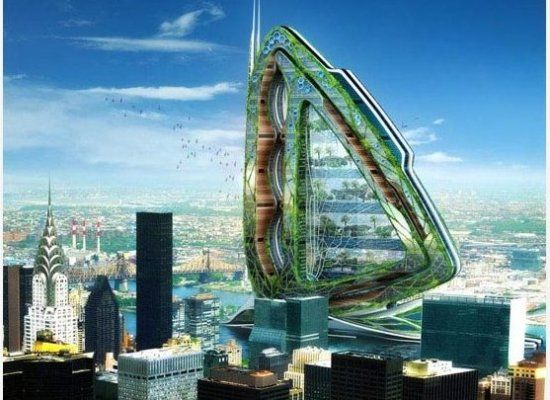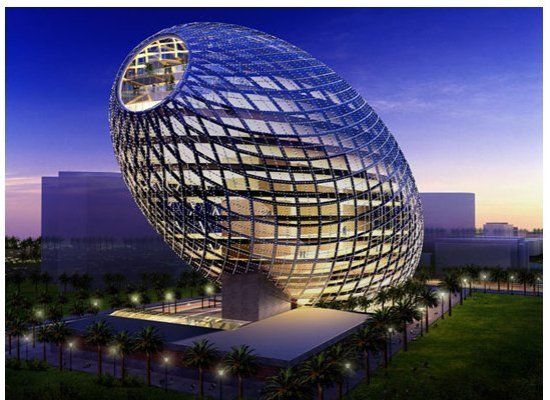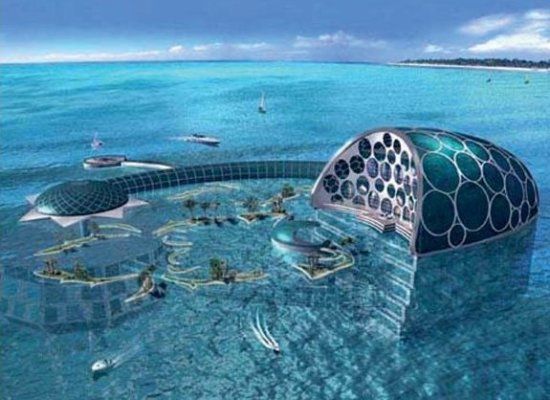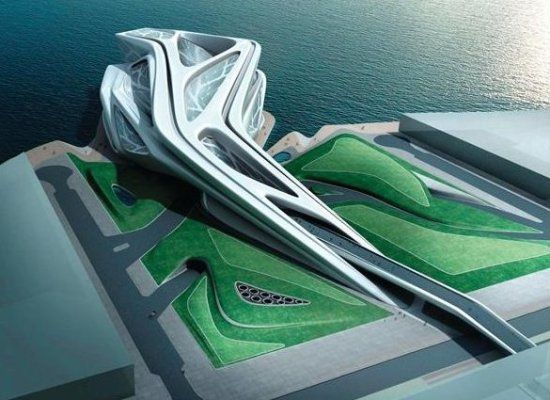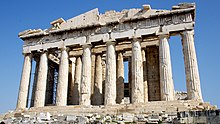On Tuesday 24th June, press were treated to an introduction to the world’s first ‘building in motion’. Rotating Tower, designed by Italian architect David Fisher, is expected to move from design to reality in less than two years.
 The design, in collaboration with British firm Dynamic Architecture Group, will be premiered in two locations: Moscow and Dubai which were chosen for very different reasons. Dubai was Fisher’s first choice for the tower. He said: “Dubai is a city of the future and I think that the building of the future should be in the city of the future.” He took inspiration from UAE Vice President and Dubai ruler, Sheikh Mohammed Bin Rashid Al Maktoum, who told him: “Don’t wait for the future, face the future.” Moscow got involved by approaching Fisher who accepted the Russians proposal knowing that they would be 'fast at putting things together'.
The design, in collaboration with British firm Dynamic Architecture Group, will be premiered in two locations: Moscow and Dubai which were chosen for very different reasons. Dubai was Fisher’s first choice for the tower. He said: “Dubai is a city of the future and I think that the building of the future should be in the city of the future.” He took inspiration from UAE Vice President and Dubai ruler, Sheikh Mohammed Bin Rashid Al Maktoum, who told him: “Don’t wait for the future, face the future.” Moscow got involved by approaching Fisher who accepted the Russians proposal knowing that they would be 'fast at putting things together'. Dubai’s building will reach 80 floors: The top 10 floors will be used for luxury ‘Villa’ style apartments, below which a further 35 floors of accommodation, then the 15 floors below will comprise an extravagant hotel and the lowest 20 floors used as retail space.
The segmented tower design will allow each floor to turn independently using voice recognition technology and giving those inside an ever-changing view over the space of 1 to 3 hours. In the Dubai building the voice recognition will be able to interpret such instructions as ‘left’ or ‘right’ in English, Arabic or Italian but any language could be programmed in for further buildings.
It was suggested by one journalist that there may be difficulties when one floor is occupied by more than one tenant. Fisher responded that the architects would be able to adapt a building in whichever way necessary to suit their needs and added: “It opens a way of thinking... people start to think in a different direction.” Rotating Tower is the Italian architect’s first skyscraper design but he is confident that he will be able to pull off the concept, first listing his experience in the architecture world and then by stating: “I did not design skyscrapers but I feel completely ready to do so.”
 The Rotating Tower design uses photovoltaic cells and wind turbine technology to collect enough energy to power itself and Fisher says they ‘will have some so we can sell to the neighbours’. The cells which will be placed on the top surface of each floor will be 15% open to the sun’s rays on all 80 floors for the full day helping to power the building.
The Rotating Tower design uses photovoltaic cells and wind turbine technology to collect enough energy to power itself and Fisher says they ‘will have some so we can sell to the neighbours’. The cells which will be placed on the top surface of each floor will be 15% open to the sun’s rays on all 80 floors for the full day helping to power the building. The towers will also be the first skyscrapers to be entirely constructed from prefabricated parts put together in a factory in Southern Italy by a team of 600 in the facility and 80 on-site. Moscow and Dubai’s towers will begin construction in the next few weeks in Italy where the bathrooms, the most complicated part of the design according to Fisher, will be created and it is hoped they will be able to break ground in the next couple of months. While there has been interest from several countries throughout the world Fisher hopes that New York will be the next to pick up on the concept.


